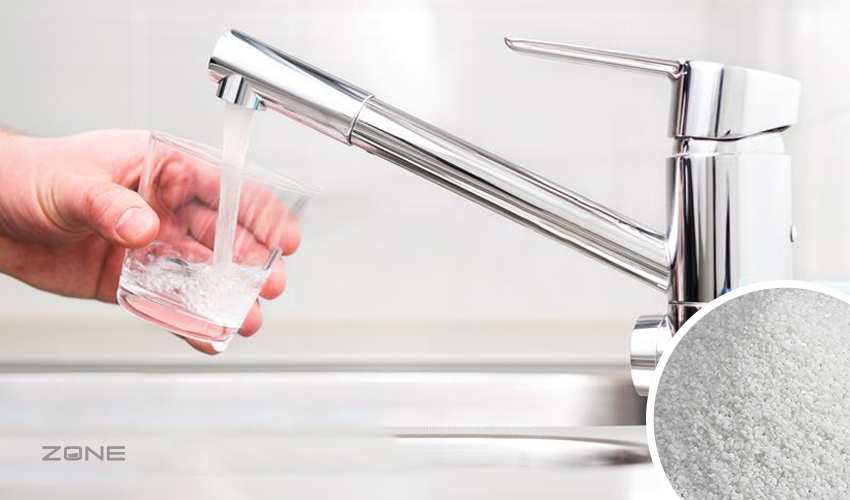How to remove fluoride from water

what is fluoride?
Fluoride is an organic or inorganic compound containing negative valence, and its chemical formula is F−1. Fluoride is widely found in nature, such as soil, water and food. , toothpaste, mouthwash and various chemical products. Fluoride is commonly used in dentistry to strengthen tooth restoration and prevent crooked teeth. Fluoride protects shovel teeth through the process of demineralization and remineralization, quickly. Chemicals may cause some health problems such as dental fluorosis, bone fluorosis, thyroid problems and neurological problems.
What are the hazards of fluoride?
1.Fluoride in drinking water: If you drink water with excessive fluoride for a long time, it may cause blood diseases, enteritis and even cancer in adults. These harmful substances are more harmful to children, and may cause children to suffer from asthma, thyroid hormone disorders, and brain hypoplasia.2.Fluoride toothpaste: Excessive use of fluoride toothpaste may cause fluorosis, which can damage the nervous system and cause osteoporosis. In addition, if chronic fluorosis occurs, the permanent teeth will be dull and chalky, if moderately poisoned, they will turn yellow, and if deep fluorosis occurs, teeth will be lost.
3.Organic fluorides: Some organic fluorides are highly toxic, such as organophosphate sarin and diisopropylfluorophosphoric acid. They can react with cholinesterase at the muscle-nerve junction, thus preventing the transmission of nerve stimuli to the muscles causing asphyxiation.
There are 5 common ways to remove fluoride in water:
1. Reverse Osmosis: A reverse osmosis system can remove 90-99% of the fluoride in the water, but it will also remove some beneficial minerals from the water. Reverse osmosis systems need to be installed under the tap or at the water source, are usually expensive and require regular filter changes.2.Activated carbon adsorption method: Activated carbon is a porous organic material with a large specific surface area and adsorption capacity, which can effectively adsorb organic fluorides and some inorganic fluorides in water.
3. Activated alumina filtration: the method of using activated alumina particles to absorb fluoride in water. Activated alumina filters can remove about 80-90% of the fluoride in the water, but will also remove some beneficial substances such as silicates from the water. Activated alumina filters are available as jug or faucet attachments and are usually relatively inexpensive and easy to replace.
4. Distillation: A method in which water is heated to evaporate it and then condensed into a liquid. Distillation removes over 99% of the fluoride and other impurities in the water, but also removes all minerals and electrolytes from the water. Distillation requires the use of specialized equipment and electricity, and is usually time-consuming and expensive.
5. Double-effect physicochemical reaction: the pore structure inside and outside the material makes fluoride adsorb on the surface of the filter material, resulting in the first adsorption reaction; at the same time, the fluoride on the surface and the OH- of the material undergo ion exchange, resulting in the second exchange Reaction, the purpose of efficient fluorine removal is achieved through a double-effect physical and chemical reaction.
RELATED NEWS
CATEGORIES
- Alkaline Water Media
- Fluoride Removal Products
- ORP Antioxidant Hydrogen Media
- Fluoride Removal News
- Remove Chlroine Media
- Antibacterial Media
- Mineral Water Media
- Remove Fluoride Media
- Antiscalant Media
- KDF Media
- Actived Water Media
- Purified Water Media
- Soften Water Media
- Condensate PH Neutralizer Media
- Activated Carbon Block Filter Media